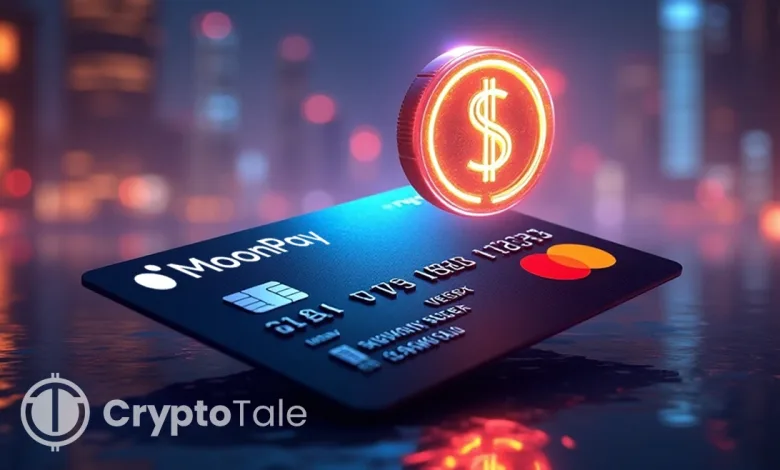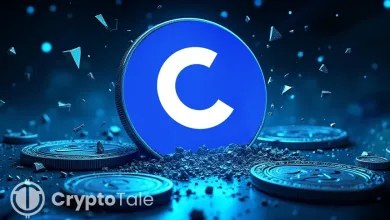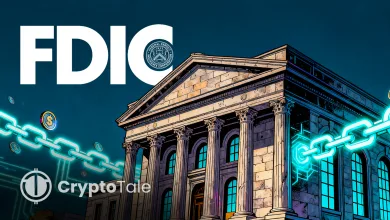Mastercard and MoonPay Launch Stablecoin Card Worldwide

- Mastercard & MoonPay launch stablecoin card enabling instant global crypto payments.
- MoonPay uses Iron’s system API to build smooth and fast crypto payments for global users.
- Mastercard is working with many firms to grow its place in digital coin payments.
Mastercard and MoonPay announced a new stablecoin card on May 15, 2025, enabling global crypto payments across 150 million businesses. The partnership integrates MoonPay’s infrastructure with Mastercard’s vast network to convert stablecoins into fiat instantly. This move marks a critical milestone in the ongoing merger of crypto and traditional payment systems.
Crypto Meets Commerce On an Internationally Renowned Level
The Mastercard–MoonPay stablecoin card allows users to spend USDC, USDT, and DAI across online and physical stores worldwide. Transactions convert in real time into local fiat currencies, making crypto spending seamless for both consumers and merchants.
This functionality addresses the volatility that once limited cryptocurrency usage in retail environments. Consequently, merchants receive payment in their local currency without dealing with digital asset fluctuations.
The system is reportedly built on Iron’s API-first stablecoin infrastructure platform, acquired by MoonPay in March 2025. This acquisition has enabled more scalable and secure onchain transaction processing for global users.
Mastercard’s Expanding Crypto Ecosystem
The stablecoin card rollout further develops Mastercard’s crypto plan after partnerships with Circle, OKX, and Nuvei. Mastercard and Circle began collaborating in April 2025 to drive full-cycle stablecoin adoption across the Mastercard ecosystem.
“When it comes to blockchain and digital assets, the benefits for mainstream use cases are clear,” said Jorn Lambert, Chief Product Officer at Mastercard. This statement reinforces Mastercard’s broader ambitions to integrate blockchain into everyday finance.
Apart from this, partnerships with Nuvei and OKX in April highlight the payment giant’s concern for crypto innovation. It would seem Mastercard is out to emerge as the world’s biggest infrastructure provider when it comes to global crypto transactions.
Related: Mastercard Unlocks Stablecoin Access for Over 150M Locations
Regulatory Outlook and Industry Trends
Meanwhile, the launch comes amid evolving regulatory landscapes. The U.S. Securities and Exchange Commission recently dropped its probe into PayPal’s stablecoin and issued limited stablecoin guidance.
Such progress could mean regulatory breathing room ahead for fiat-backed assets like USDC, which power most crypto payment cards. These developments may allay compliance concerns and encourage greater institutional participation.
Other payment leaders like Visa and PayPal are also expanding their crypto capabilities. Visa, for instance, began settling payments in USDC in 2020 and has since increased its stablecoin-based debit card offerings.





